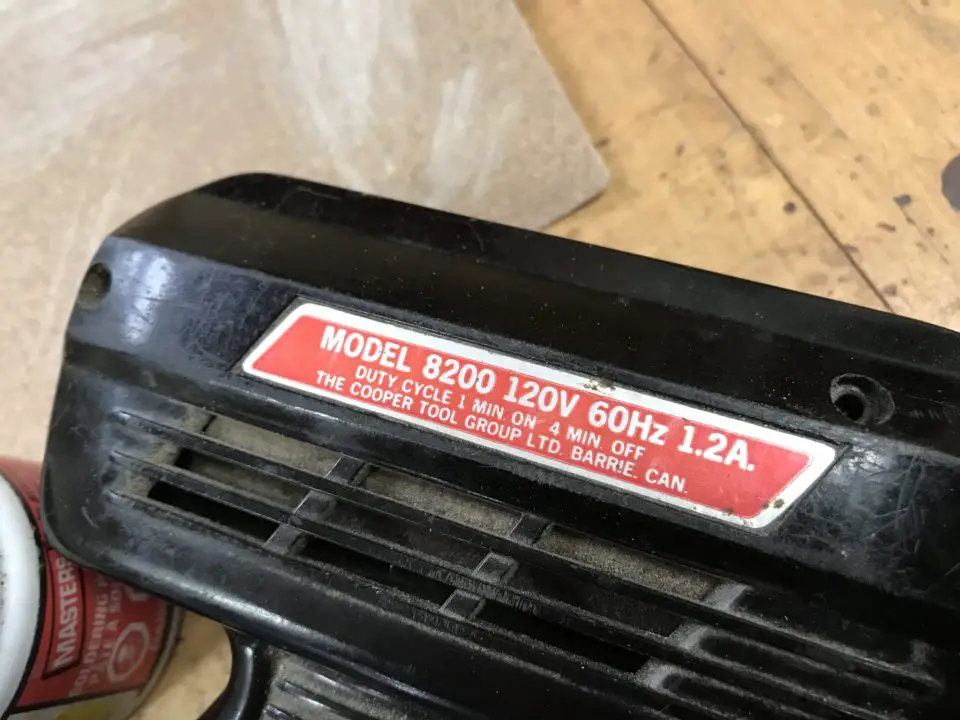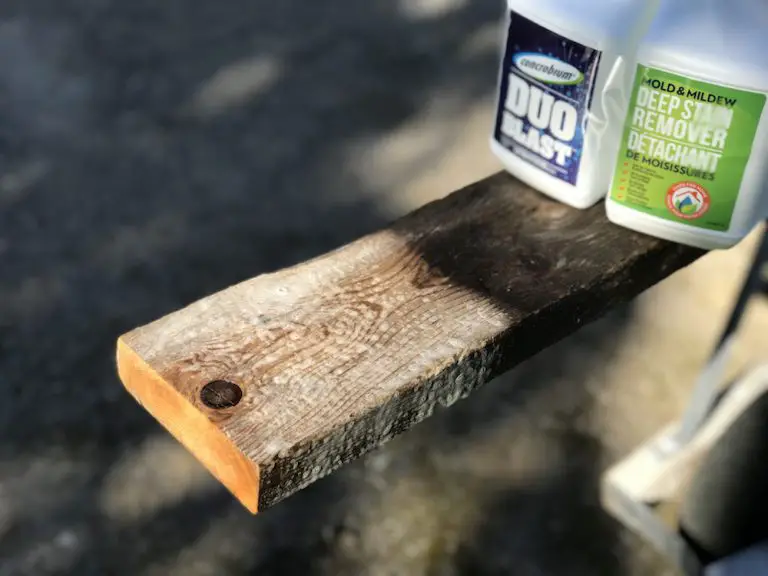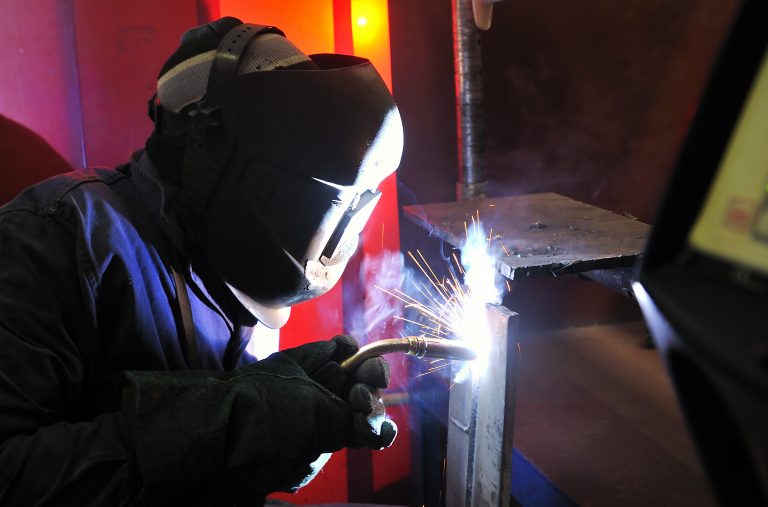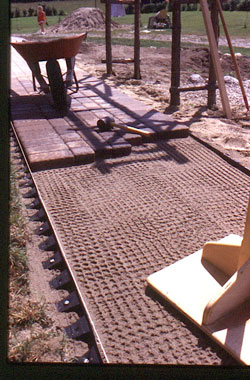
I have a true story to tell you that highlights the value of buying good tools, and it has to do with something I did when I was 12 years old.
In late December of 1975, I did something that seemed normal to me at the time, but I now see was unusual, at least for a 12 year old. It happened when I took a good chunk of my Christmas money that year, went to the Canadian Tire store in the town where I lived, and I bought the best soldering gun I could find. I’d been looking forward to owning a soldering gun for a while, but at the time it never occurred to me how few 12 year olds are interested in soldering, either then or especially now. Why doesn’t every boy want a soldering gun? I can’t understand it.
Deciding on Quality
At the time I faced the first encounter with a choice I’d face hundreds of times again over the years. Would I buy a cheap, medium or expensive tool, in this case, a soldering gun? The cheap ones seemed obviously flimsy as I picked them off of the store shelf, even to my novice hands. The medium-priced guns were okay, but the biggest “WOW” factor came from one particular top-of-the-line Weller soldering gun. It had two heat levels and felt as solid as a revolver. I bit the bullet, laid out more money than I planned to pay for a soldering gun, and I’ve been happy ever since. I still use this tool at least once a month and it still works perfectly. I can even still buy replacement tips to fit it. You can see my soldering gun below.

One thing that’s gotten more interesting to me over the years is the way the name plate of my soldering gun looks so different than modern name plates. Most prominently featured is the voltage and amperage draw of the tool. “120 V 60Hz 1.2A” Technicalities like these, as important as they are, usually occupy a very small part of name plates these days. There’s also important information about how this tool can be used “1 minute ON and 4 minutes OFF” to cool internally.
Another interesting detail is the fact that this tool was built in a medium-sized Canadian city about an hour’s drive from the store where I bought it. “Barrie, Canada” (not Barrie, Ontario, Canada) is listed on the name plate. I don’t know how long ago The Cooper Tool Group disappeared from this city, but it’s certainly been a while. I also don’t need to tell you that production of these kinds of tools almost always happens on the other side of the world now.
Buy Quality Or Don’t Buy At All
How often are you faced with the choice to buy a tool for a lot of money or a little? This choice is common to anyone who uses tools, and it’s getting trickier. There are a great many more poor tools on the market now than there used to be. Some good tools of today are much better than even the best tools of yesteryear, and good tools of today are also cheaper than the best tools from years ago when the price is adjusted for inflation. The dangerous thing is the way there are so many very cheap, very junky tools to distract you from quality. I don’t know about you, but I’ve never regretted buying the best tools. My only regrets are when I’ve cheaped out. I don’t do that any more.
Want to see soldering in action? Click below to watch me using my great old soldering gun bought in 1975. It’s a quick video lesson on how to solder wires using a tool like this. It’s part of my course on building a solar electricity generator.
- Video Watch Time = 5 minutes












